May 10, 2024
- Sarah
- May 26, 2024
- 2 min read
Updated: Jun 19, 2024
It's our first spring at Faville Grove, and each day in the prairie has been filled with exciting discoveries of plants emerging in the sunshine.
Lake Mills Ledge, the prairie across from where we live, was burned earlier this year. Prescribed fire hinders the growth of invasive species and promotes the growth and seed development of native plants. For a few weeks after burning, the land was charred black, revealing pockets of quartzite rock that had been hidden under last year's dried leaves.

In early May, the prairie slowly filled with shoots of green in a wide variety of shapes and textures, giving the appearance of a nursery of native plants, despite many of these plants around twenty years old. Over the next few months, some of these plants will begin to tower over my head in a dense maze of prairie.
It's exciting to see leaves like those of the compass plant (Silphium lacinatum) in miniature form before growing to an impressive size of around two feet long. Compass plant leaves tend to be oriented in a north-south direction.


Not many species have begun to flower yet, but the yellow blooms of golden alexander (Zizia aurea) and wood betony (Pedicularis canadensis) are a welcome sight. The golden yellow blooms of the nonnative biennial weed yellow rocket (Barbarea vulgaris) also dot the surrounding prairies and roadsides.

Prairie dock (Silphium terebinthinaceum) is appearing across the prairie with leaves that will grow to an enormous size.
Rattlesnake master (Eryngium yuccifolium) is one of the more unique species, with it's bluish leaves lined with tiny spikes. The name is derived from a misconception that indigenous people used the plant medicinally to treat rattlesnake bites. The leaves will grow to around three feet long, and long stems will later grow to send up clusters of spiky white orb-shaped flowers.


Common milkweed (Asclepias syriaca) is a host plant for monarch butterflies, and it's named for the milky substance containing latex that seeps from its leaves and protects it from being eaten. Monarchs also use the milkweed toxin, cardiac glycoside, to their advantage, and their bright orange color is a warning to birds.

Cream gentian (Gentiana flavida) will produce one of my favorite blooms in August. Gentians are primarily pollinated by bumblebees, because few other pollinators are able to pry open their petals.

Prairie dropseed (Sporobolus heterolepis) is a common tallgrass species with delicate leaves that will form a dense mound about three feet tall. In contrast with nonnative sod-forming grasses, bunch grasses like prairie dropseed create a patchwork of diversity and provide nesting habitat for bumblebees and other wildlife.

Prairie cinquefoil (Drymocallis arguta) has distinctive pinnate leaves and white flowers that resemble those of a strawberry plant. The stems and leaves are covered in tiny white hairs.

Shagbark hickory (Carya ovata) is a common tree species in prairie savannas. It can grow to be up to eighty feet tall, and as it matures, the bark peels back in shaggy strips.
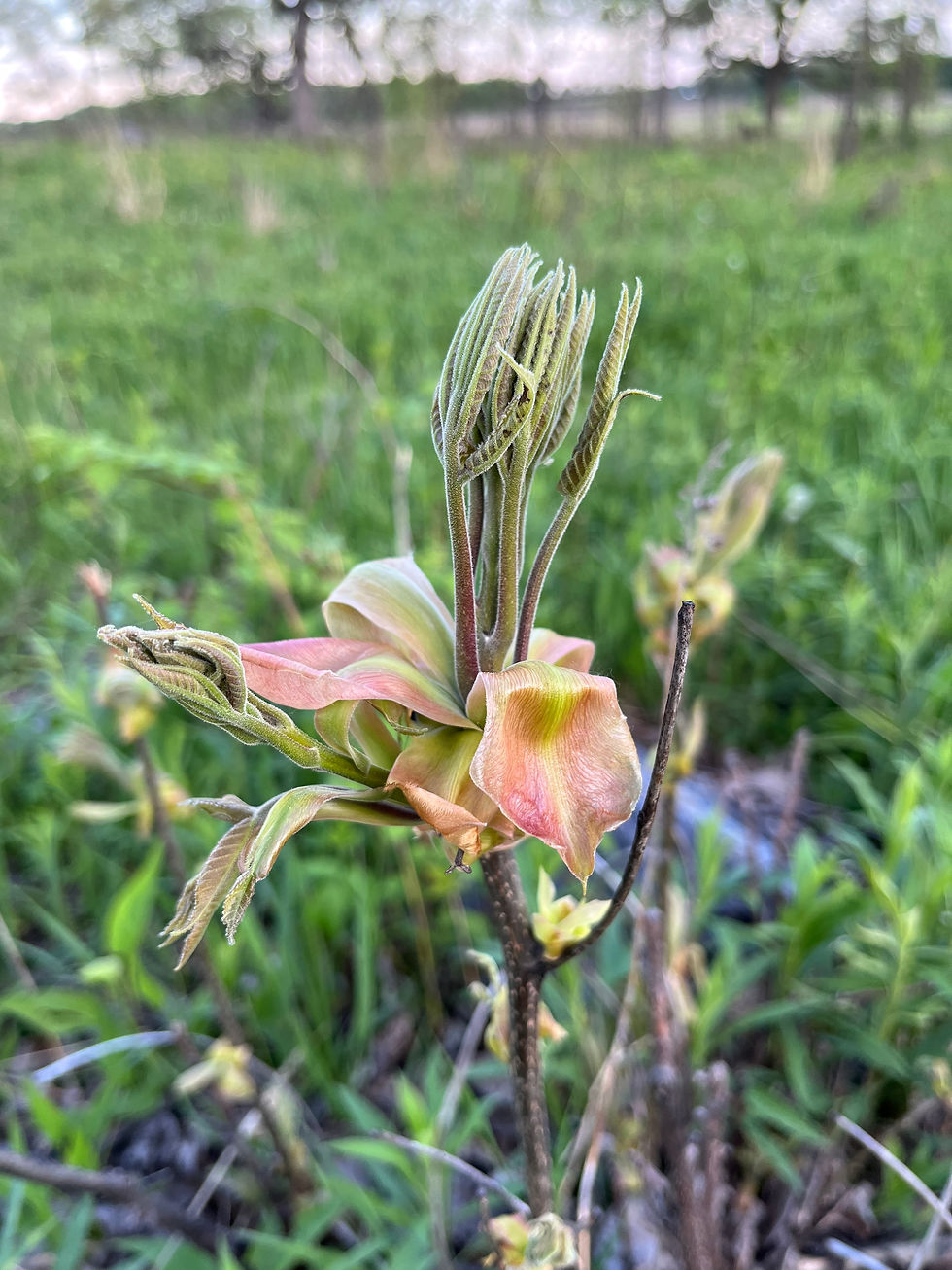
I'm grateful to have such as beautiful place to sit beneath the trees and watch the bustling springtime activity of the birds and bees in the prairie.
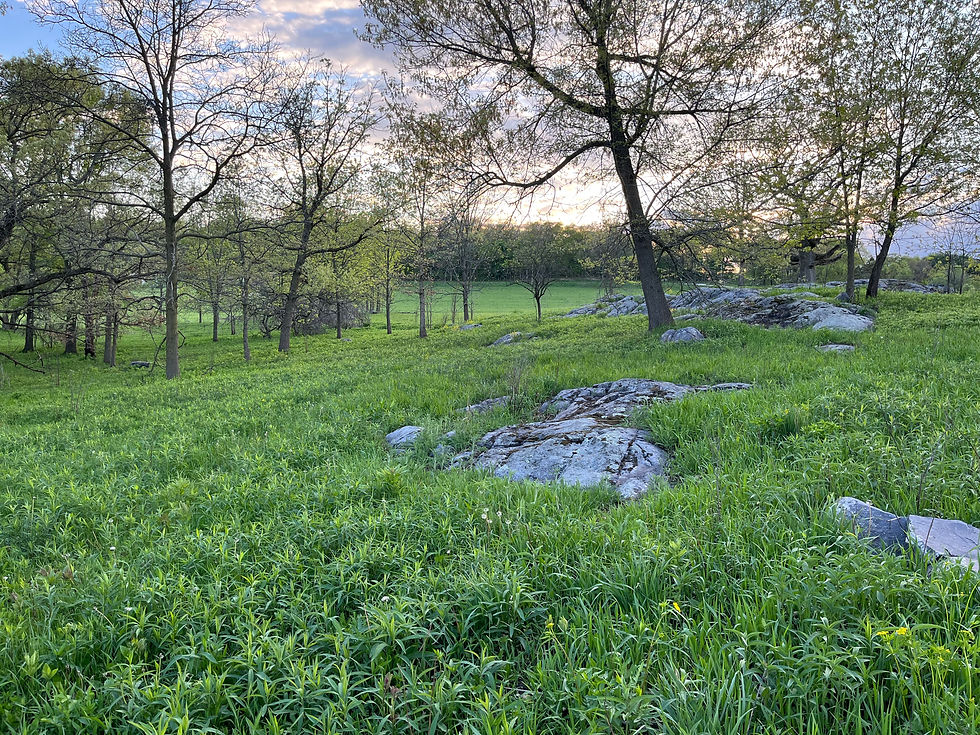
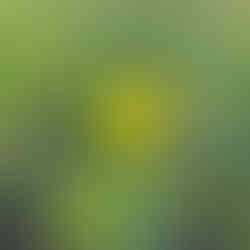


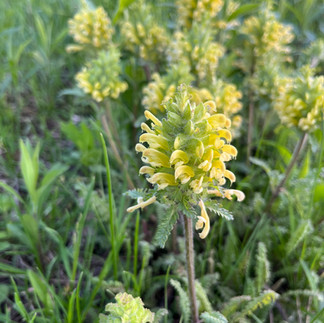





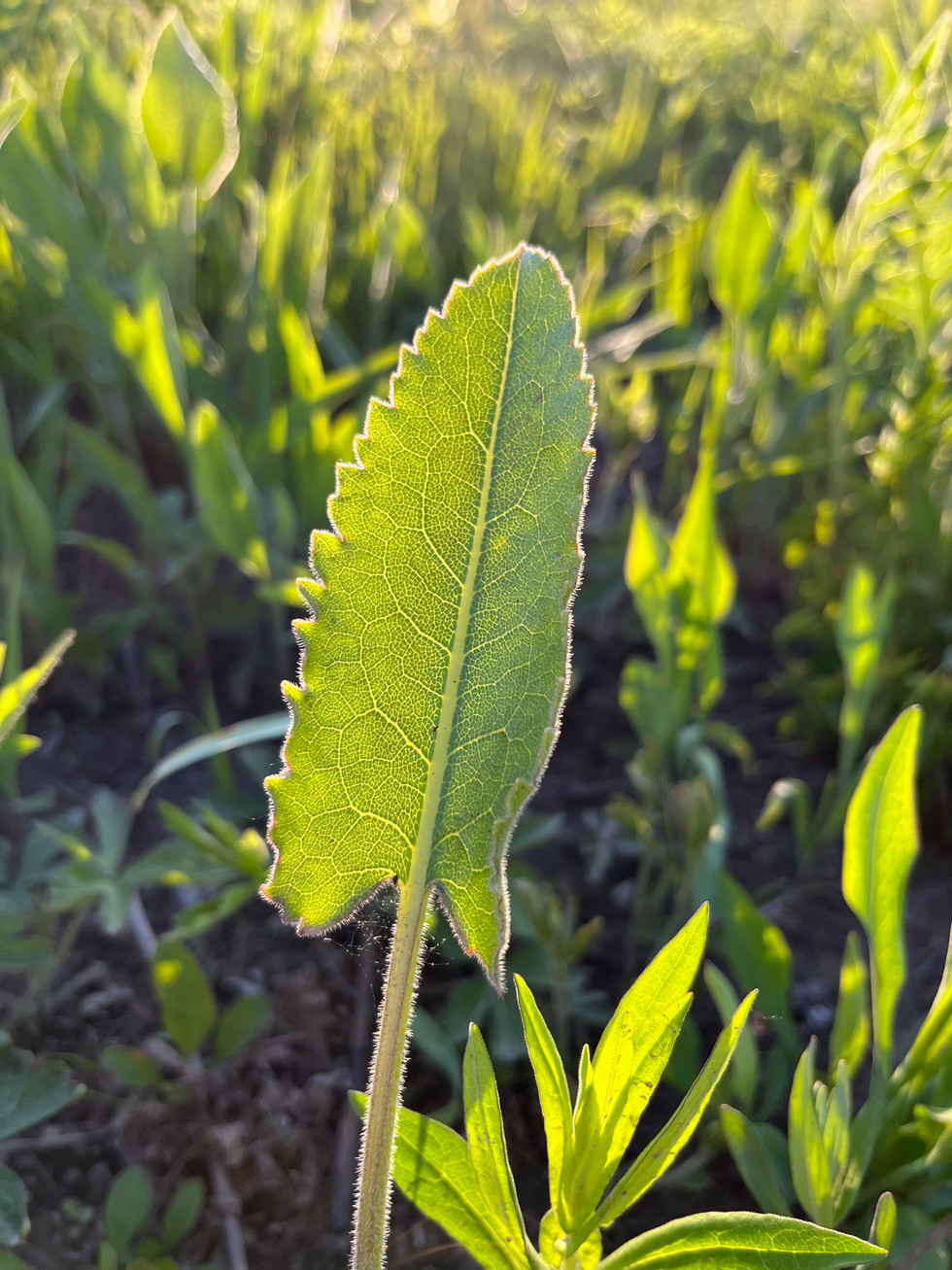

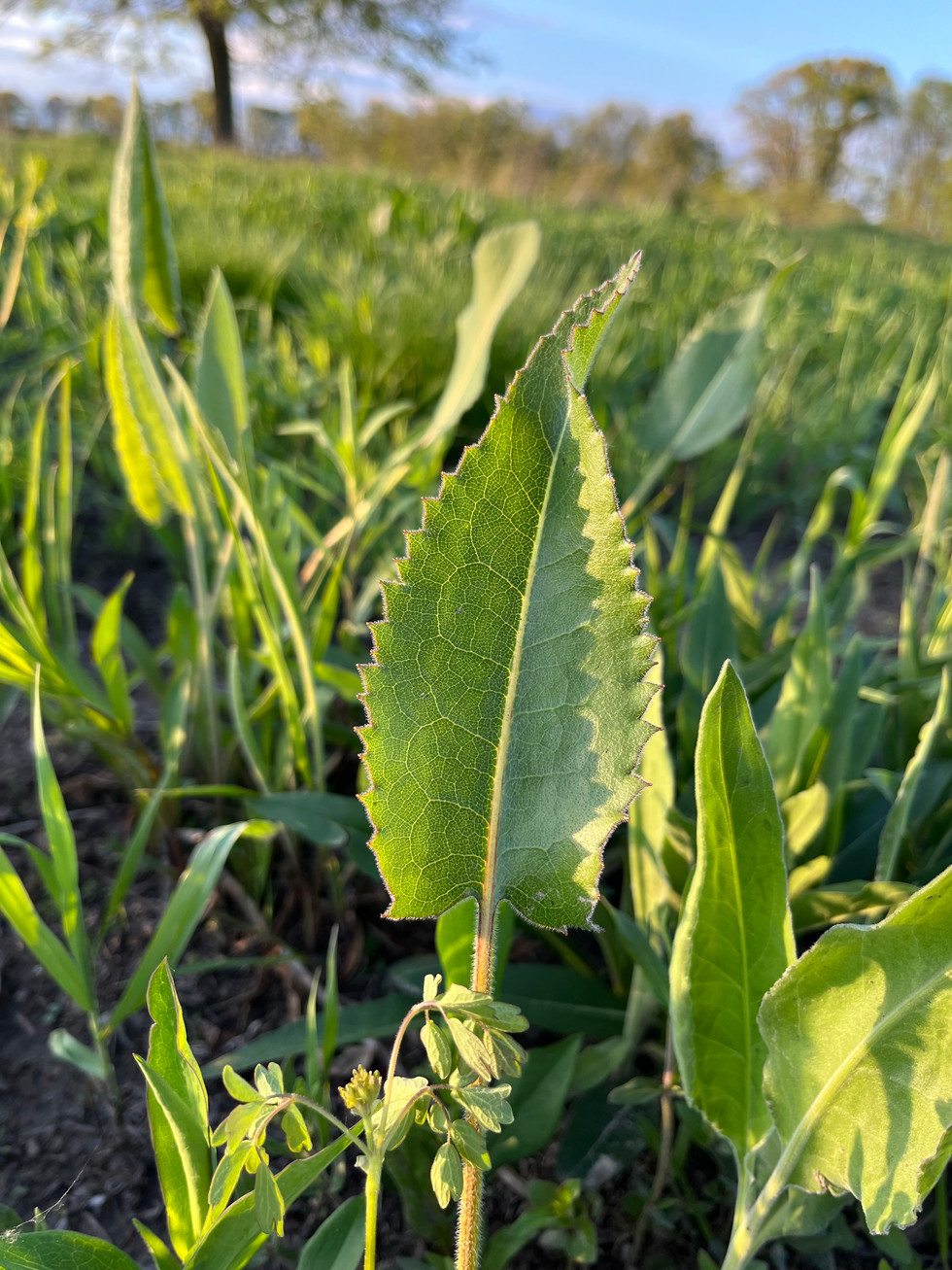



I love being able to see the prairie through your eyes this spring. Wish I could be there to see it in person. 🥰